Epilobium coloratum
Bushy willowherb with tiny pink to white flowers
Epilobium coloratum eastern willowherb
This is perennial member of the willowherb family or evening primrose family. The plant can be large (1-3 feet tall) but the flowers are tiny in comparison. It is found throughout much of the eastern half of the United States and Canada. It is also called the cinnamon willowherb because the mature seeds have tufts of brown hair to aid wind distribution. The other common name comes from the fact that the leaves and stem of this species are often blotched or veined in purple. The leaves are narrow and lance-shaped with numerous teeth. The newer stems are usually hairy.
The small (1/3 inch) flowers have four notched petals and are produced sparingly on the ends of the flowering branches. Often they are nodding downwards. The flowers are pink or white and the four sepals frequently are tinged in purple or pink. At the center of the flower is a knobby white pistil surrounded by several stamens. There is a very long calyx tube behind the petals, a characteristic of willowherbs. After pollination the calyx tube matures into an elongated seed capsule.
Members of the mustard family also produce long seedpods but these are formed in front of the ovary. The purple-leaved willow herb can spread by seed or asexually by rhizome. It grows in moist open woods, meadows and in wetland areas. Like many willow herbs this species is a pioneer in disturbed habitats.
Habitat & Range
Common in moist woods, marhes, shores, and floodplains.
Present throughout the state.
| EMP: | FACW |
|---|---|
| NCNE: | OBL |
Phenology
Flowers July through early September.
Plant Codes
S-rank: No rank
G-rank: G5 (Secure)
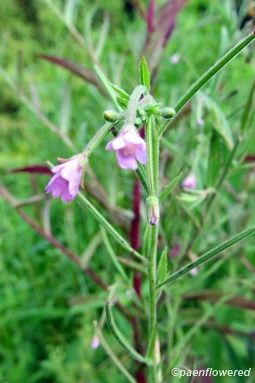
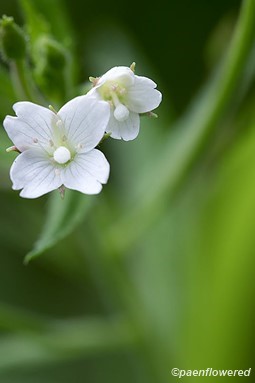
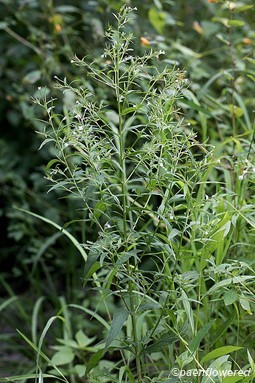
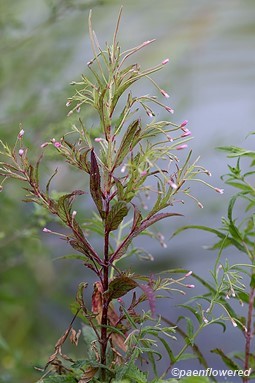

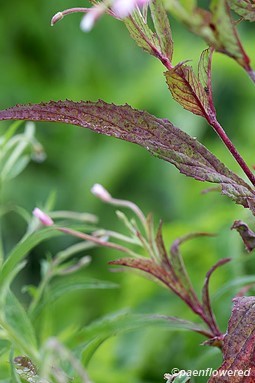
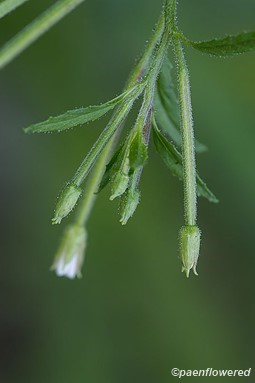

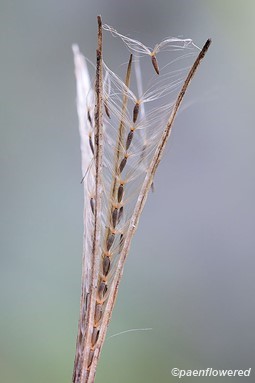
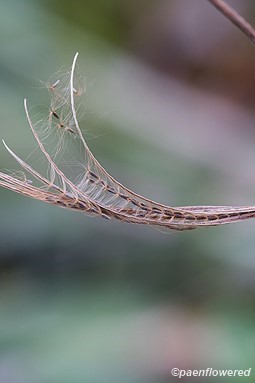




Comments
Have you spotted this plant in your area? We'd love to hear about your experience! Share your comments or questions about the plant below. Comments are moderated before posting.